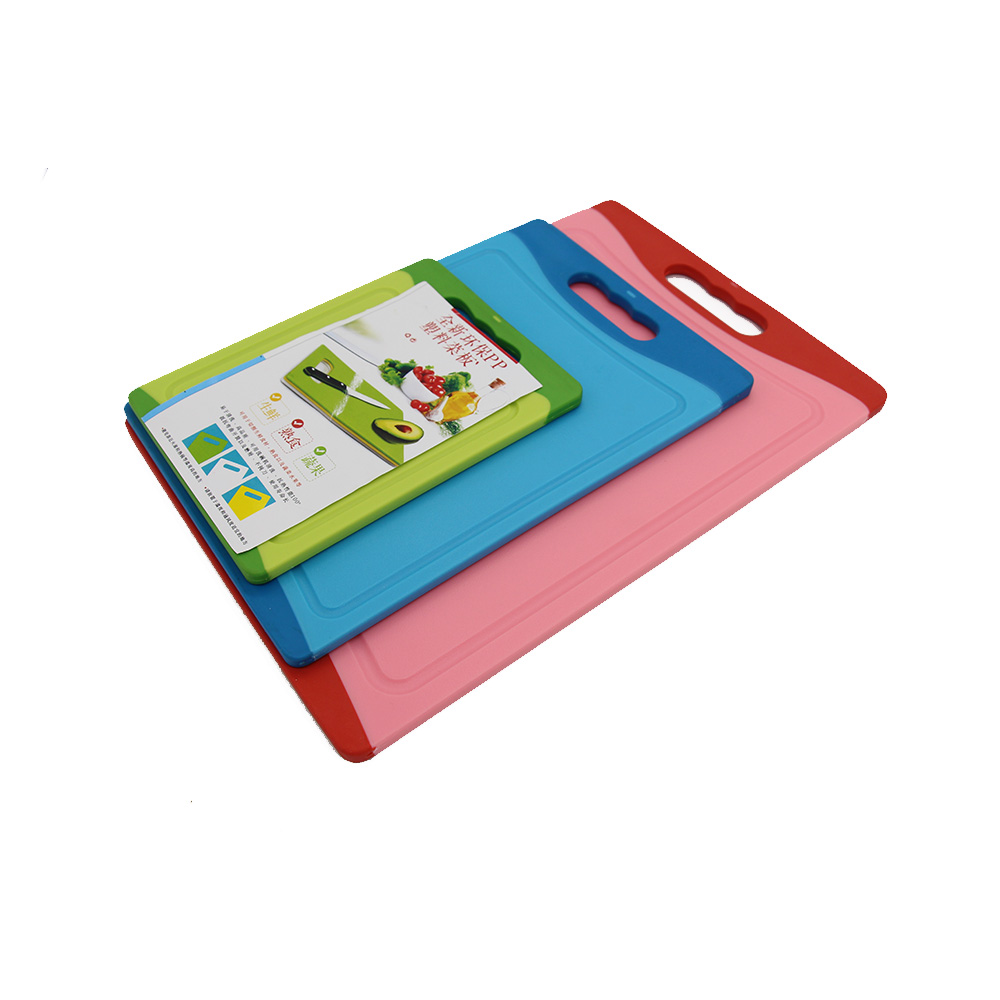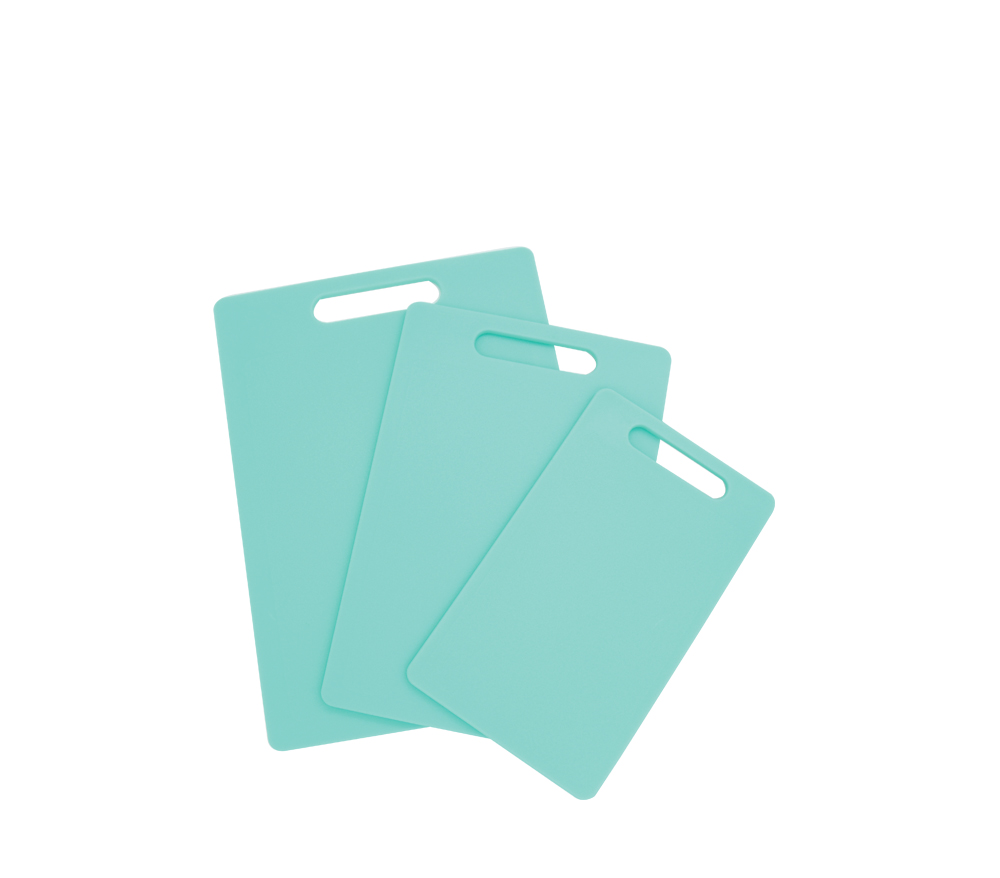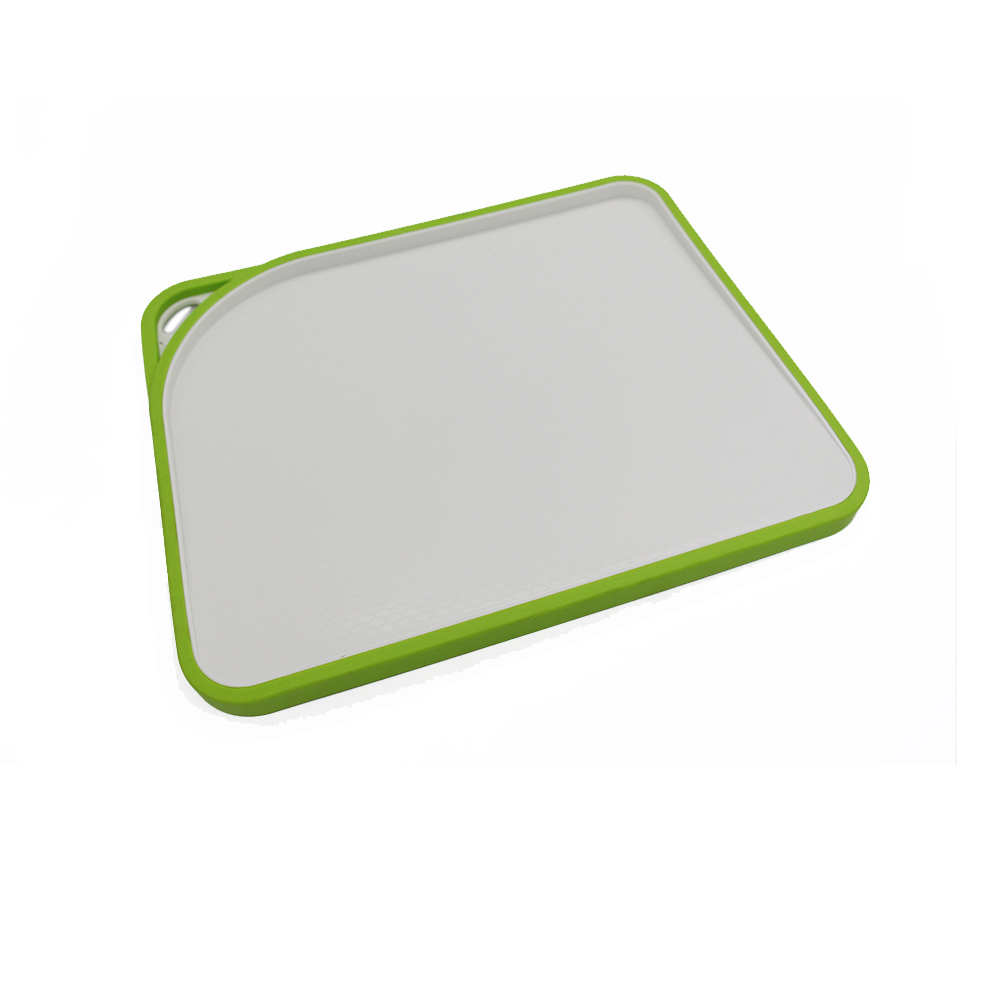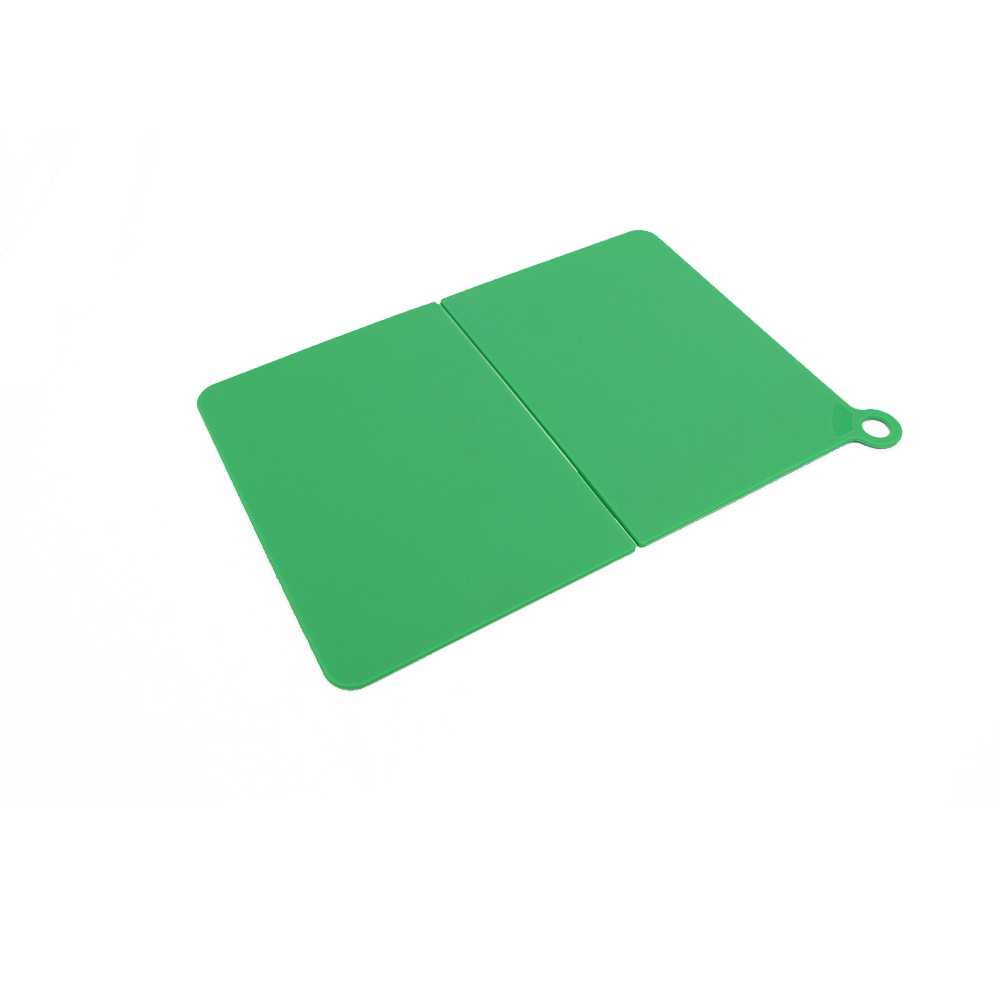The popularization and application of high technology such as computers in the printing field has promoted the rapid development of the printing industry towards digitalization, intelligence, and networking. However, as the development of the bottleneck printing industry, post-press processing is still lagging behind. As a high-tech representative CIP3, it has continuously improved development and integration through JDF through the application of prepress, printing process and management for several years. Formed CIP4, committed to the vertical integration of prepress, printing, and postpress processing, and promoted the development of the printing industry toward full digitalization. The following briefly introduces the characteristics of CTP4 and its application in postpress processing.
The main features of CIP4
Digitalization, automation, intelligence and networking applications in the printing industry can be divided into three areas: prepress production equipment, printing presses and post-press processing. However, as the printing process is highly informatized and digitized, data exchange and sharing become possible, and the concepts of CIM computer-aided manufacturing and MIS decision-making resource management systems are introduced into the printing industry. The digital printing process enables prepress, printing, Postpress processing is fully consistent. CIP4 is composed of a number of suppliers and academic organizations in the printing industry. It is committed to the development of a common file exchange and data sharing format to promote and realize a pre-press, print, and post-press integrated business strategy alliance. CIP4 is a combination of CIP3 and JDF. CIP3 was originally formed by 15 prepress, printing, and finishing suppliers in February 1995 and formally formed the CIP3 alliance. It is mainly dedicated to the development and promotion of prepress, printing, and printing. After the vertical integration of post-processing, by October 1999, it had already covered 39 suppliers including computers, operating systems, software, prepress, printing, and postpress equipment manufacturers, and became a member of the ICC International Color Consortium. Another large-scale international printing research and development organization. The format developed by the CTP3 Alliance has been listed by the relevant manufacturers of R&D products since June 1997. At the drupa 2000 printing press, almost all printing-related hardware and software suppliers have already supported the CIP3 specifications. The initial development of JDF was jointly undertaken by the four members of the CIP3 Association (Heidelberg, Manroland, Agfa, Adobe). It tried to combine the content of management information and process information with hardware and software equipment, and considered that in addition to CIP3. In addition to the vertical integration sought, another level of integration has been achieved and attempts have been made to combine it with the Internet. In early 1999, the four members jointly developed the first version of JDF and established the JDF Alliance. Its purpose is mainly to combine the management information, production content and hardware and software equipment, which coincides with the original intention of the CIP3 Association to promote the integration of post-press processing and printing processes.
On July 14, 2000, the CIP4 was formally integrated by the CIP3 Alliance and the JDF Alliance. Its ideals and goals were to include prepress automation, press automation, and postpress automation. In principle, the contents and architecture of the CIP3 Alliance remain unchanged. The concept of Management Process was added to the process of CIP3, and it became a pre-press, printing, post-printing, and management integrated cooperation system.
The most significant feature of CIP4 is the definition of the production status of the print job. Supporting JDF is also the premise for digital workflow and printing resource management system to transfer information. When JDF and CIP3 were integrated, they transferred all their intellectual property rights and research and development work to CIP4. JDF is not only the wisdom of Adobe, Agfa, Heidelberg, and Manroland, but also includes major groups such as CIP4, IFRA, Fraunhofer IDF, and PRINTTalk. contribution. The results of these joint efforts have made JDF recommended as an official standard after more than a year of application. However, just half a year later, JDF has demonstrated its capabilities in the development of new products. For example, Heidelberg's metaDimension and Agfa's Epson Series 3 workflows adapt to the JDF standard. According to statistics, the members of CIP4 currently have more than 100 large companies, of which 73% are suppliers and the remaining 25% are users.
Application of CIP4 in Postpress
The application of high-tech in the printing field is almost always started from prepress and printing, and post-press processing tends to lag behind.
The same applies to the application of CTP4 in the printing field. Solving the bottleneck problem of post-press processing is to improve automation, intelligence, linkage, diversification, and personalization of post-press processing, ensure quality stability and reliability, improve quality and efficiency, and adapt post-press processing to multi-function digital printing. . The digital workflow control system has been able to digitally control the entire production process before printing, printing, and postpress, and some printing and postpress equipment manufacturers have also developed printing and postpress equipment that can use the CIP4 (or CIP3) system.
Before printing, it can achieve document color management, trapping, fonts, documents, image management, imposition and generation of ICC profiles and digital proofing machine proofing. In printing, CIP4 realizes control of ink volume (ink expansion and conversion curve), register control, and color quality control (color color and density measurement) on the press. The CIP4 interpreter interprets the generated ink preset data. After being corrected by the ink preset software, it is sent by the data exchange to the control system of the printing machine to automatically control the ink amount value of each ink zone. After printing, cutting and stapling control and bookbinding control are achieved by transmitting the parameters and information of cutting and stapling.
CTP4 plays a significant role in the digital printing process today. It makes it possible to exchange and share data, enabling digital printing to run smoothly without hindrance between prepress, printing, and postpress processing. For example, CIP4 has work instructions that include customer, part name, object content, workpiece requirements, dimensions, cutting, rolling, stapling, and so on, the inking curve that occurs in the job, plus other numbers, page order, page allocation, and modulo Information such as cutting can be collected online through the information network to the correct and full of information, even applied to the device on the size, thickness, distribution, cutting, origami, etc. before the default work, plus a special note column Claim.
If the prepress and printing departments are located in two different locations, the information on the distribution of the page graphic and text information is transmitted via the network to the downstream printing factory. As long as the color management CMS data conditions are calibrated, uniform consistency can be achieved and a list of compliances can be obtained. Pre-press printing gives the customer the same impression, so as to achieve the goal of accurate color reproduction everywhere. This is easily conveyed in the content of the CIP4 working paper.
The trend of faster, better and cheaper is the key to ensuring the long-term development of the printing and processing industry. In the post-press processing, there are not many applications of CIP4 at present. There are mainly cutting procedures, such as the Heidelberg company which was one of the four largest members of the CIP4 association (Heidelberg, Manroland, Agfa, Adobe) several years ago. The Bora Compucut cutting system adopts the CIP3 workflow. The complete paper cutting system that connects the high-speed and optimal workflow with all prepress workstations can greatly reduce the operating time, cost, and labor intensity. The overall efficiency is independent. More than 200% of the cutting machine, and stable operation, improve the control accuracy. In addition, CIP3 data has been extended to binding machines and played an important role in actual production. At present, many new folding machines have gradually been added to the CIP4 (CIP3) standard. It can be predicted that in a few years, the CIP4 standard will be widely used in many processes of post-press processing, so that the three major links of prepress, printing and postpress will be integrated to the greatest degree. For example, in Europe, a removable paper feeder that is popular nowadays does not need to reload the paper onto the folder when the print is transferred from the printing press to another process (such as a folder). The automatic setup function of the standardization job is another major feature of modern folding devices.
For example, the CompuFold software used by the DCT2000 controller in Heidelberg stores 81 pre-programmed internal folding solutions. The operator only needs to select the folding scheme and input the paper specifications. The rest of the work is done by the controller. SFS's AFC-544AKT folding machine stores 100 different folding schemes. The user can select the standard scheme or customize the folding scheme. The selected data can also be modified and saved through the touch screen. GBR's SetMatic folder has seven preset folding options and can accommodate up to 60 custom folding options.
At present, there are MBO and Heidelberg in the forefront of CIP4 standardization.
MBO's Navigator control system can realize the information transmission between the folding machine and prepress and printing equipment through the network; MBO's data manager is also an open database management system for remote access and control, built on the Windows operating platform. on. With the data manager software, the MBO folding machine can be integrated into a workflow that is compatible with CIP3/CIP4 and JDF, and the connection between the office computer terminal and the multiple folding machines of the bookbinding shop can be realized. Through JDF technology or a dedicated network, the visual control system can also talk to the device and exchange live data and preset data from the MIS system or prepress. Its launch of ScenicSoft'sUpFront 2.0 software enables users originally equipped with NavigatorRapidset 2.0 to directly output post-press processing information.
Nowadays, not only are most major printer manufacturers applying such software in ink key control, but some bookbinding and cutting machines in post-press processing can also be automatically set according to CIP3 files, including folding and cutting. Such as automatic positioning and so on. For example, you can receive job setup instructions from the Creo SynapseUp Frontplanner layout software. This visual control system is the most advanced job monitoring control system in the folding machine.
To realize the CIP4 digital workflow, it also needs supporting other conditions, such as a networked environment: to establish a network connection between customers, commercial organizations, and prepress/print/press units. At the same time, within a certain unit, there is also a need for a network connection between the information management system and the production equipment. Requires vendors to provide equipment that supports PPF/JDF file transfer and processing, and interfaces such as CIP4. To establish an integrated production system (CIM) and a management information system (MIS), to link production equipment with the CIP4 system.
All in all, with the wide application of digitization, networking, and intelligence in the fields of printing and post-press processing, it will add wings to the development of the printing industry. It can be asserted that the trend that will lead the printing industry in the future will be high-tech content. Smart technology.
Reprinted from: Print Quality and Standardization
Different Size and different Sharp meets your different need!
Material: Made of natural organic wheat straw + starch + food-grade PP, non-toxic and environmentally friendly, a selection of organic wheat plant fiber, more healthy for your family. New biodegradable material, which will self decompose in the soil. You can smell the wheat flavor which is healthy and not damage to body.




Chopping Block
Chopping Block,Plastic Chopping Block,Plastic Cutting Board,Chopping Board
YANGJIANG TOALLWIN TRADING CO., LTD , http://www.kitchenknife.de